A small kitchen remodel is not just about making a space look better—it’s about transforming how it functions, how it feels, and how it supports your daily life. Whether you live in a cozy apartment, a compact townhouse, or simply have a modest kitchen footprint, the right design choices can make a small kitchen feel spacious, organized, and effortlessly stylish.
In this guide, we’ll explore the principles of small kitchen remodel projects, show you how to balance storage and aesthetics, and share expert tips to help you create a kitchen that works as beautifully as it looks.
Why a Small Kitchen Remodel Can Have a Big Impact
While larger kitchens offer more surface area to play with, smaller kitchens have their own advantages. They require less material, are more cost-efficient to renovate, and can achieve a high-end look without the high-end price tag. With thoughtful planning, your remodel can:
-
Maximize every inch of space with smart storage solutions.
-
Enhance workflow with ergonomic layouts.
-
Elevate style with modern finishes and design features.
-
Increase home value by creating a desirable, functional kitchen.
According to Houzz, homeowners who invest in a small kitchen remodel often see a better return on investment per square foot than those with larger spaces.
Step 1: Plan Your Small Kitchen Remodel Around Function
Every successful small kitchen remodel starts with function. Ask yourself:
-
How do I use my kitchen daily?
-
Where are the bottlenecks or wasted spaces?
-
Which appliances are essential, and which can be downsized?
The Triangle Workflow
European kitchen design often follows the “work triangle” concept—placing the stove, sink, and refrigerator in an optimal layout. Adapting this to a small American kitchen can drastically improve efficiency. See our kitchen design services for layout inspiration.
Step 2: Storage Solutions That Transform Small Kitchens
Vertical Storage
Install tall cabinets that reach the ceiling. This not only maximizes storage but also draws the eye upward, making the room feel larger.
Pull-Out Pantry Units
Slim pull-out shelves fit into narrow spaces, storing spices, dry goods, or even small appliances.
Multi-Functional Furniture
Consider an island with built-in shelves or a fold-down table that doubles as prep space. Explore our kitchen styles for inspiration.
Step 3: Style Choices That Make a Small Kitchen Shine
Light, Reflective Surfaces
Glossy finishes, glass cabinet doors, and light countertops reflect natural light and expand visual space.
Open Shelving
Open shelving reduces visual bulk and offers display space for curated dishware.
Statement Backsplash
A bold backsplash can turn a small kitchen into a design focal point without overwhelming the space.
Step 4: Appliances for a Small Kitchen Remodel
Opt for compact, multi-functional appliances. A combination microwave-oven, for example, saves both counter and wall space.
Brands like Bosch and Miele offer appliances specifically designed for smaller kitchens—slim dishwashers, under-counter refrigerators, and space-saving induction cooktops.
Step 5: Lighting That Works Wonders
Lighting is one of the most underestimated elements in a small kitchen remodel. Layered lighting—ambient, task, and accent—ensures functionality and adds depth.
-
Under-cabinet lights illuminate prep areas.
-
Pendant lights over an island add style and focus.
-
Recessed lighting brightens the overall space without clutter.
Step 6: The Power of Color in Small Kitchens
Neutral tones like white, beige, and light gray are classics for making a space feel open. But don’t be afraid to add pops of color—a deep green island, for example, can ground the space and add personality.
Step 7: Incorporating European Design Principles
Many American homeowners are inspired by European kitchens for their compact efficiency and sleek style. See our projects for examples where we’ve integrated European elements into American kitchens.
Common Mistakes to Avoid in a Small Kitchen Remodel
-
Overcrowding the space with too many cabinets or oversized furniture.
-
Neglecting vertical space—walls are valuable storage real estate.
-
Skipping proper lighting, making the kitchen feel darker and smaller.

Budgeting for a Small Kitchen Remodel
The cost can vary widely, from a few thousand dollars for minor updates to tens of thousands for a complete overhaul. To control costs:
-
Prioritize the biggest impact items first (layout, cabinetry).
-
Reface instead of replacing cabinets when possible.
-
Shop sales for appliances and fixtures.
How to Get Started
-
Assess your needs – List what works and what doesn’t in your current kitchen.
-
Create a wish list – Rank your must-haves and nice-to-haves.
-
Consult experts – Book a design appointment to discuss layout, materials, and costs.

Internal Links for More Inspiration
-
Learn about us and our design expertise.
-
Browse our kitchen styles.
-
Discover our kitchen design services.
-
See completed projects.

External References
Conclusion:
A small kitchen remodel is a perfect opportunity to blend style with smart storage. With careful planning, you can create a kitchen that feels spacious, functions efficiently, and reflects your personal taste—no matter the square footage.
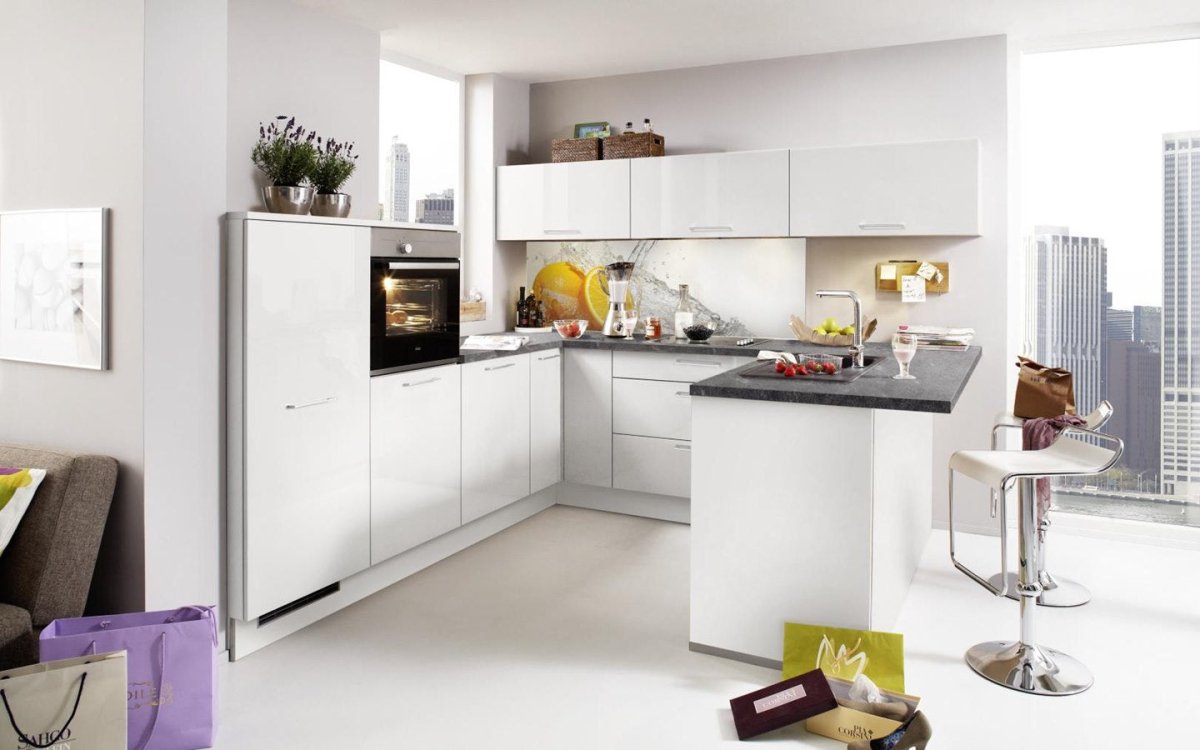

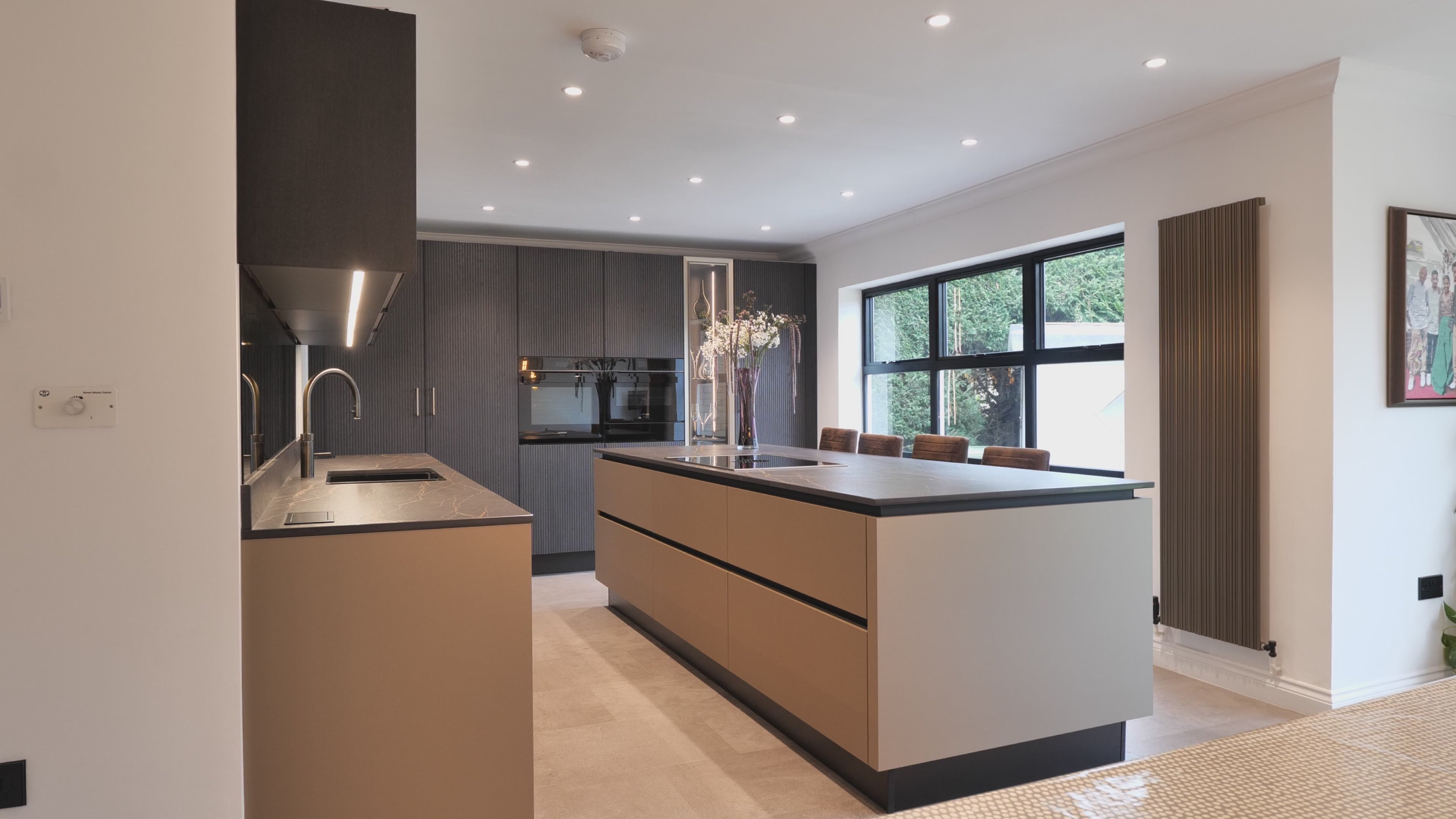
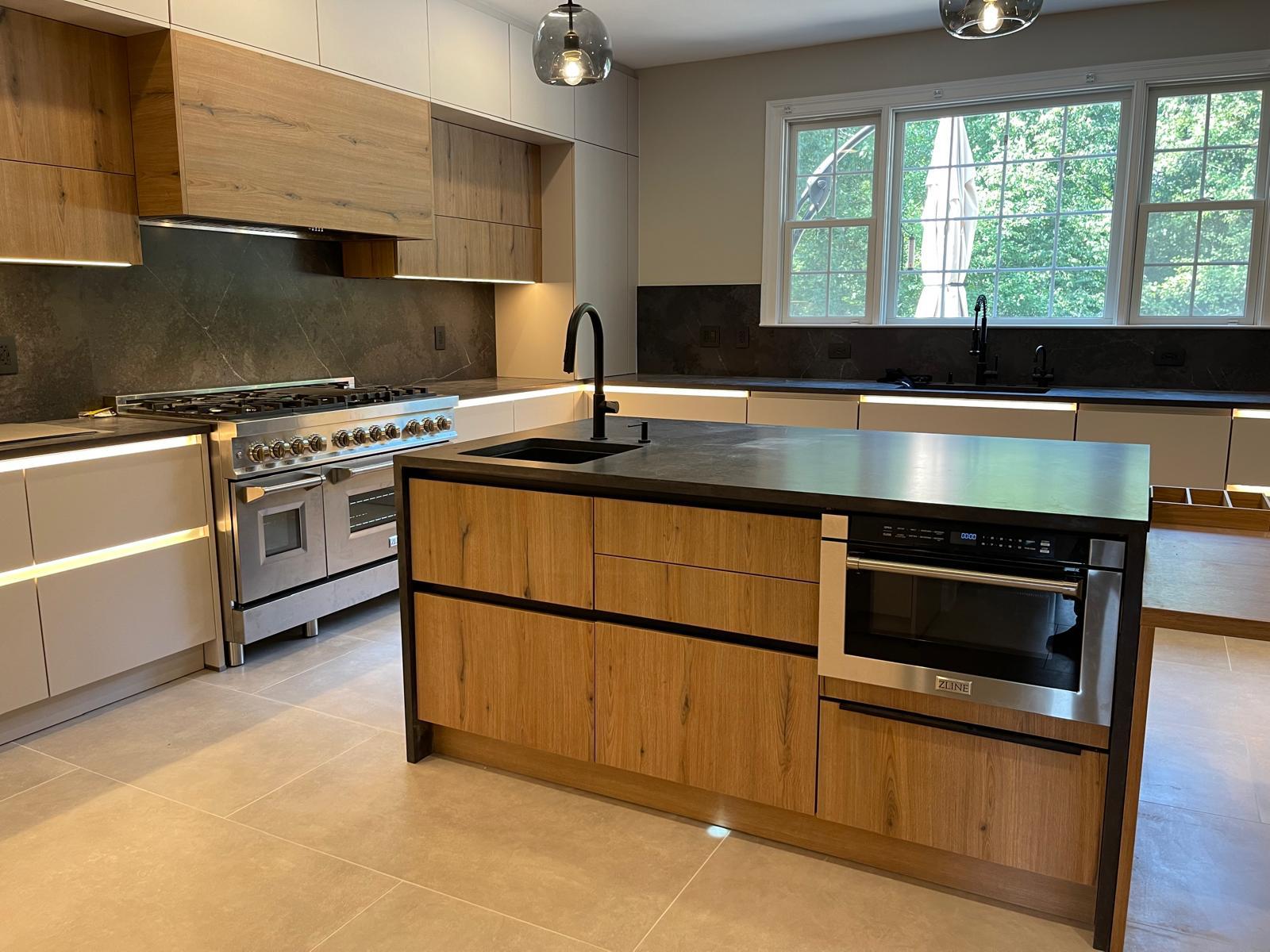
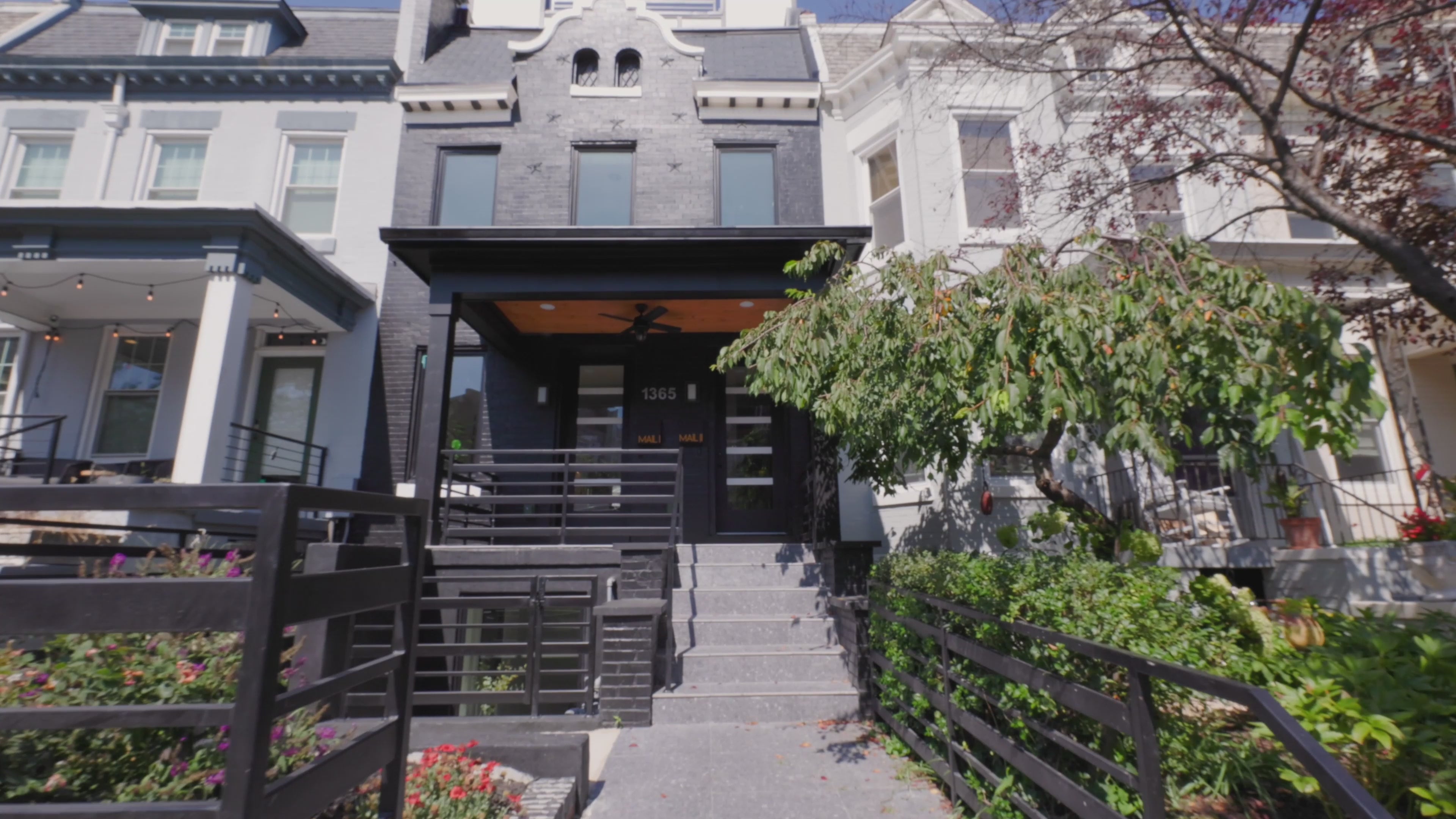

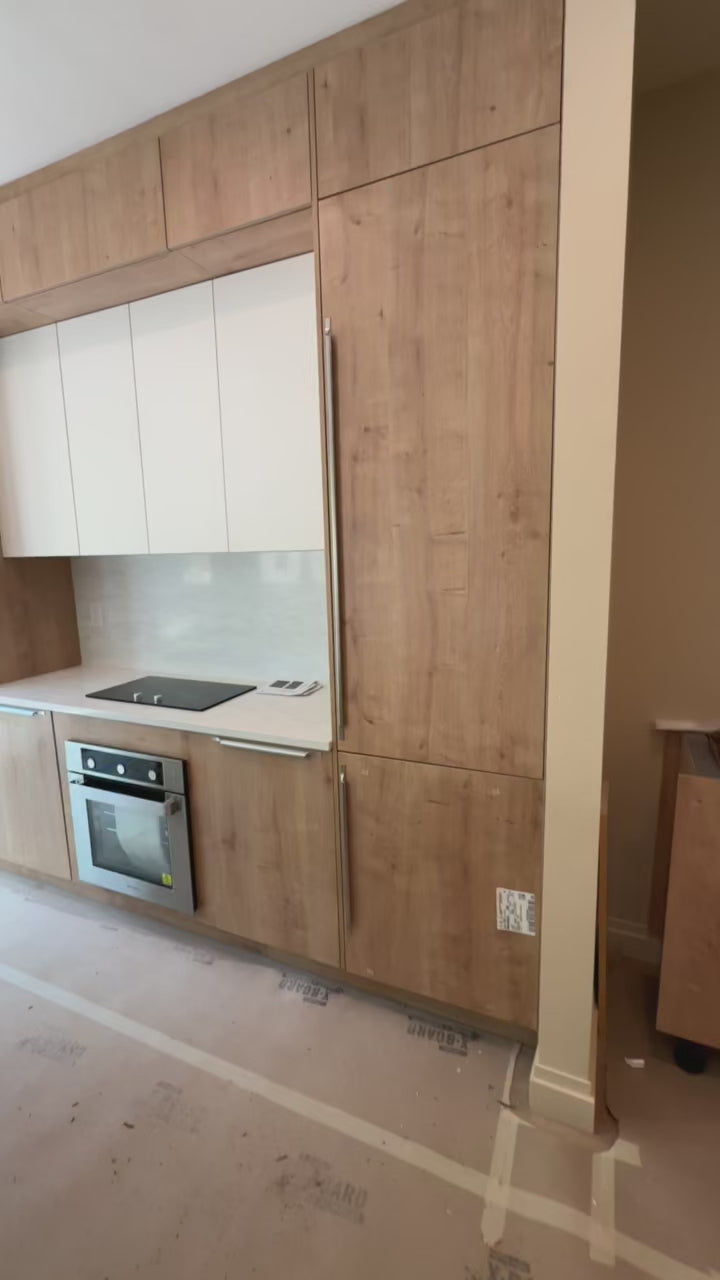

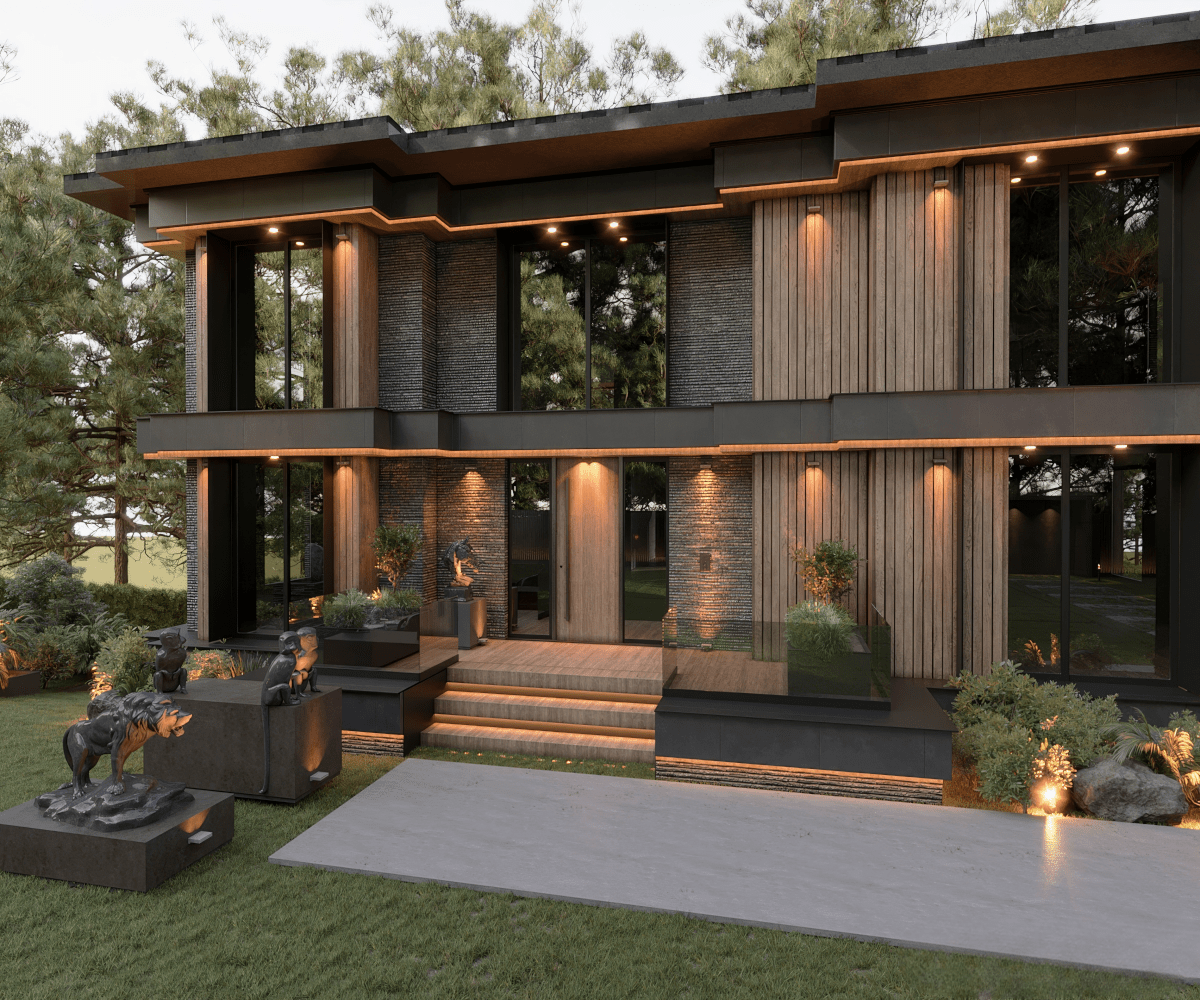
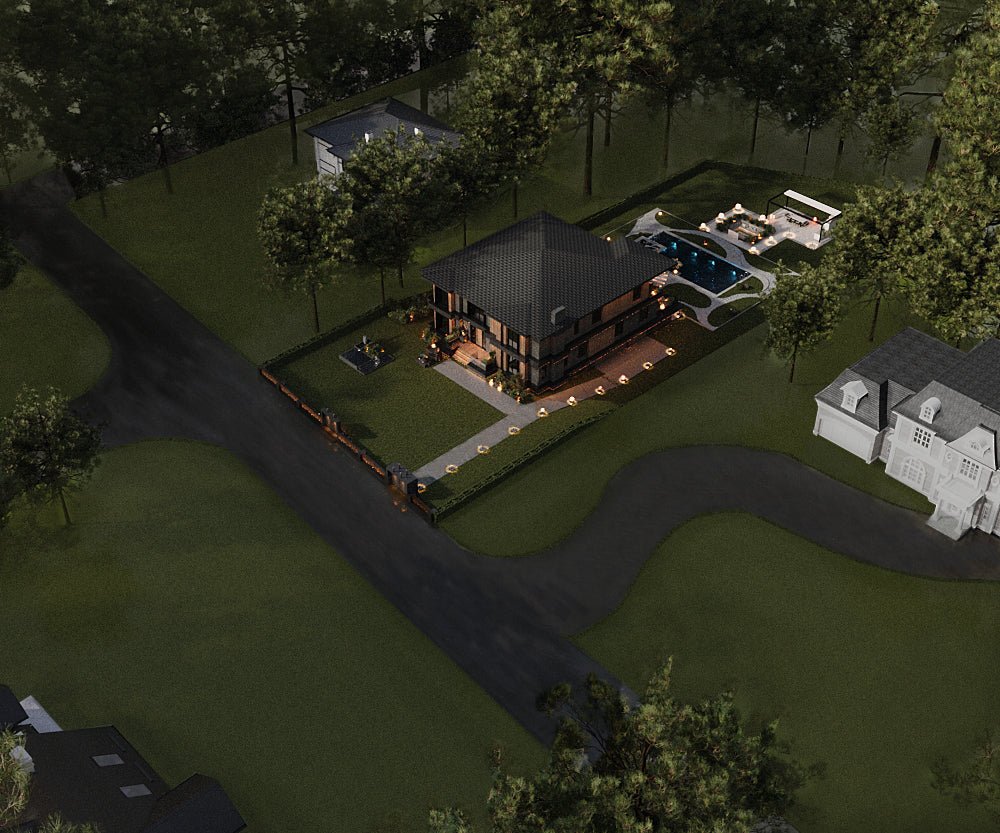
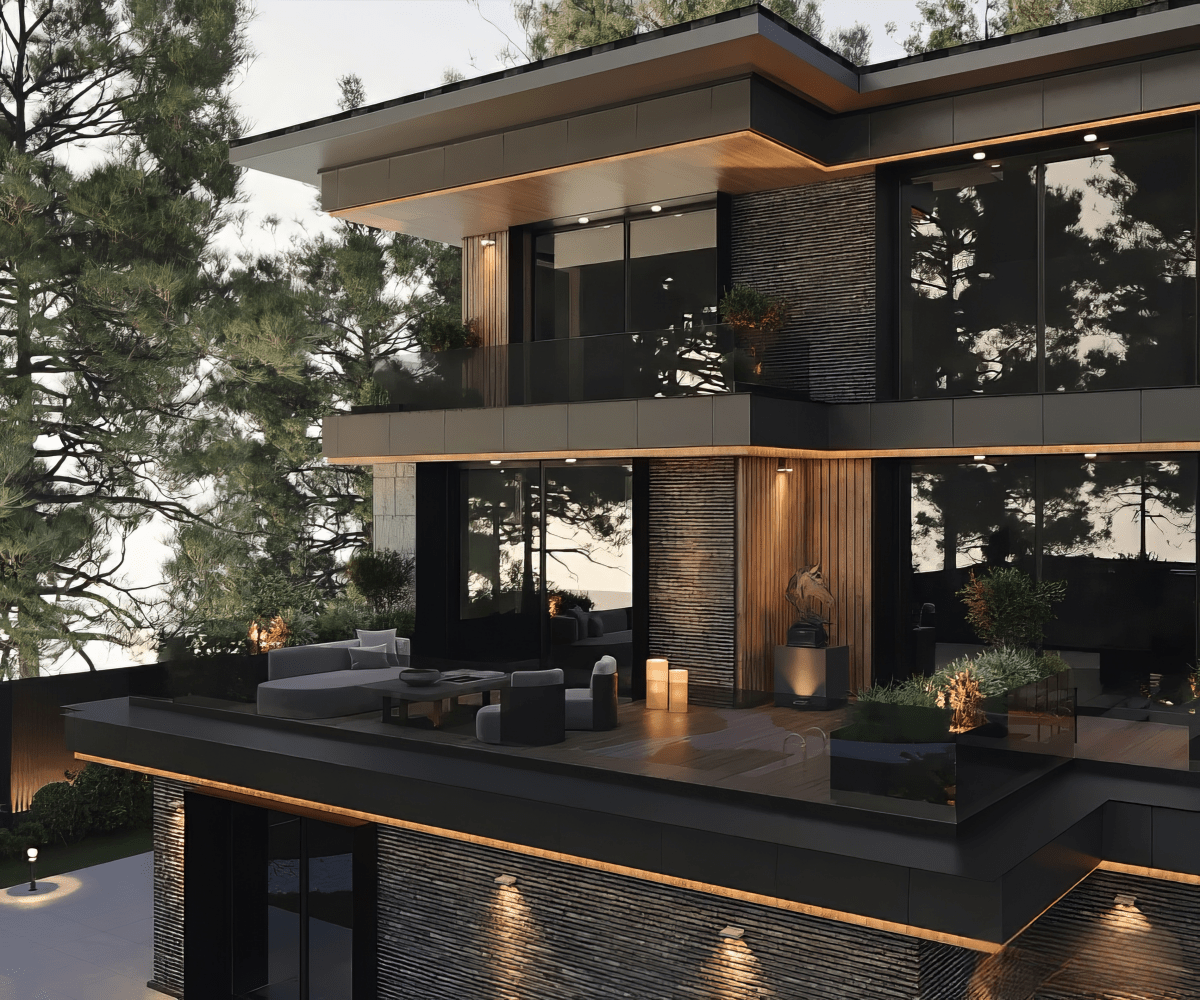
Share:
European Kitchens in America: The Perfect Match for Timeless Elegance
European and American Kitchen Design Fusion: The Best of Both Worlds